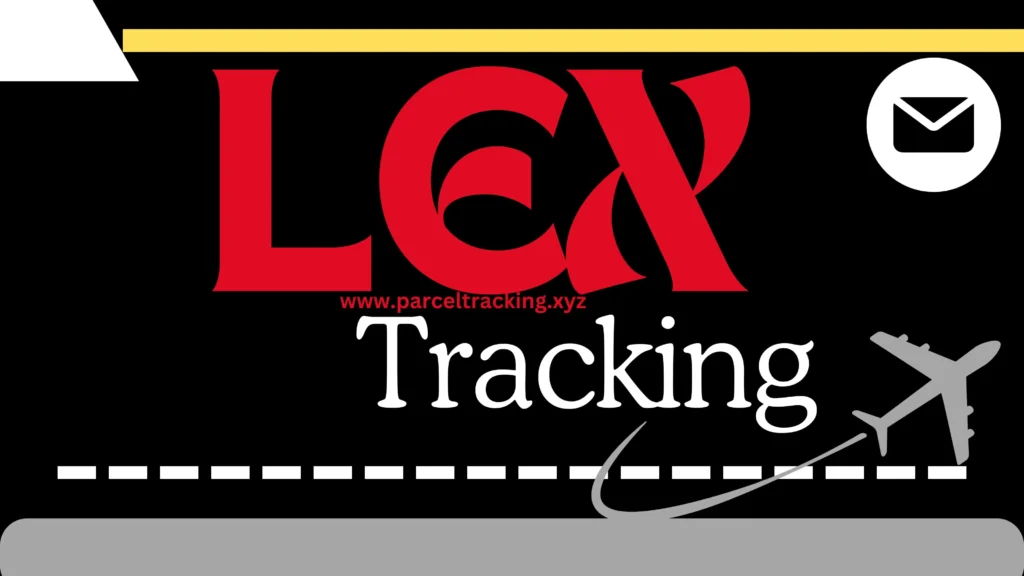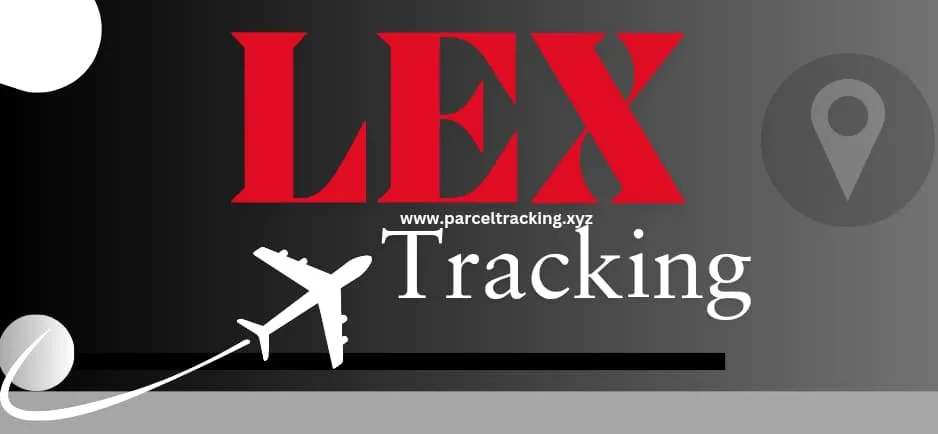Legal document tracking, or Lex Tracking, has transformed how law firms and legal departments handle their important papers. Just like a librarian keeps track of books, Lex tracking helps lawyers and legal teams keep their documents organized and easy to find. This article will explain everything you need to know about this important technology.
What is Lex Tracking?
Lex tracking systems are special computer programs that help keep track of legal documents. Think of them as smart filing cabinets that remember where everything is and can find documents in seconds. These systems do much more than just store files – they help legal teams work better together and ensure nothing important gets lost.
The Core Components of Lex Tracking
Document Management
The heart of Lex tracking is how it handles documents. The system:
- Stores documents safely where only the right people can see them
- Keeps track of different versions of the same document
- Makes it easy to find files using simple searches
- Remembers who looked at or changed each document
Version Control
Document versioning works like a time machine for your legal papers. Every time someone makes a change:
- The system saves a new version
- It remembers what changed
- It keeps the old version just in case
- It shows who made the changes and when
Key Features of Modern Lex Tracking
Smart Search Capabilities
Advanced search helps find documents quickly by:
- Looking through the whole text of documents
- Finding documents based on dates, names, or types
- Suggesting similar documents you might need
- Remembering which searches you use most often
Security and Access Control
Document security is extremely important in legal work. Modern systems:
- Control who can see each document
- Keep track of who looks at files
- Protect sensitive information
- Make sure documents don’t get lost
Workflow Management
Legal workflows help teams work together better by:
- Showing what needs to be done next
- Reminding people when work is due
- Making sure tasks are done in the right order
- Keeping everyone updated on progress
Benefits for Legal Teams
Better Organization
Document organization helps legal teams by:
- Making it easy to find what they need
- Keeping related documents together
- Showing connections between different files
- Saving time looking for information
Improved Collaboration
Teams work better together because:
- Everyone can find the latest version of documents
- People can work on files at the same time
- Changes are tracked automatically
- It’s easy to share information safely
Risk Management
Legal risk management gets better because:
- Important deadlines don’t get missed
- Sensitive documents stay protected
- Changes are always recorded
- Nothing important gets lost

Setting Up Lex Tracking
Choosing a System
When picking a Lex tracking system, think about:
- How many people will use it
- What kinds of documents you handle
- How much security you need
- Whether it works with your other tools
Implementation Steps
Getting started usually involves:
- Moving old documents into the new system
- Setting up user accounts and permissions
- Training everyone who will use it
- Creating new workflows and processes
Making the Most of Your System
Best Practices
To use Lex tracking well:
- Name files in a consistent way
- Use folders and tags to organize documents
- Keep security settings up to date
- Back up important information regularly
Training Requirements
Everyone needs to learn:
- How to find and save documents
- The right way to name files
- How to use search features
- What to do if something goes wrong
Advanced Features
Automation Tools
Document automation helps by:
- Creating standard documents automatically
- Filling in forms with saved information
- Sending reminders about deadlines
- Checking documents for common problems
Integration Capabilities
Modern systems work with other tools like:
- Email programs
- Calendar systems
- Billing software
- Electronic signature tools
Maintaining Your System
Regular Updates
Keep your system working well by:
- Installing software updates
- Checking security settings
- Cleaning up old files
- Testing backup systems
Quality Control
Make sure everything works by:
- Checking for missing documents
- Testing search features
- Reviewing access logs
- Getting feedback from users
Future Trends
Artificial Intelligence
AI in legal tracking is growing with:
- Smarter search abilities
- Automatic document classification
- Better prediction of legal outcomes
- More automated document creation
Cloud Technologies
Cloud-based systems offer:
- Access from anywhere
- Better backup options
- Easier sharing
- Lower maintenance needs
Common Challenges
Technical Issues
Sometimes problems happen with:
- Slow system performance
- Search features not working right
- Documents not saving properly
- Integration with other software
User Adoption
People sometimes struggle with:
- Learning new systems
- Changing old habits
- Following new procedures
- Understanding all the features
Security Considerations
Data Protection
Keep information safe by:
- Using strong passwords
- Encrypting sensitive documents
- Controlling access carefully
- Monitoring system usage
Compliance Requirements
Stay within the law by:
- Following privacy regulations
- Keeping required records
- Protecting client information
- Meeting industry standards

Measuring Success
Performance Metrics
Track how well the system works by measuring:
- How quickly people find documents
- How many documents are properly filed
- How often the system is used
- How much time is saved
User Satisfaction
Check if people are happy by:
- Getting regular feedback
- Watching how people use the system
- Fixing problems quickly
- Making helpful changes
Conclusion
Lex tracking has become essential for modern legal work. It helps legal teams work faster, smarter, and more safely with their important documents. When used properly, it makes everyone’s job easier and helps prevent mistakes that could cause serious problems.
Remember that good Lex tracking isn’t just about having fancy technology – it’s about using it in ways that help your legal team do their best work. With the right system and proper use, legal teams can handle their documents better than ever before.
Frequently Asked Questions About Lex Tracking
1. What exactly is Lex tracking and why do legal teams need it?
Lex tracking is a specialized system for managing legal documents and workflows. Think of it as a smart filing cabinet that not only stores documents but also helps track changes, manage versions, and ensure nothing important gets missed. Legal teams need it because they handle hundreds or thousands of sensitive documents, and even one lost or mishandled document could cause serious problems. The system helps prevent mistakes while making it much faster to find and work with documents.
2. How does Lex tracking keep documents secure?
Document security in Lex tracking works through multiple layers of protection. First, every user needs their login credentials, like a special key to enter the system. Then, the system controls exactly which documents each person can see or change, similar to having different security clearance levels. Every time someone looks at or changes a document, the system records it, creating a detailed trail of who did what and when. The documents themselves are also encrypted, which means they’re scrambled so only authorized people can read them.
3. What happens if the system goes down or crashes?
Modern Lex tracking systems are designed with backup plans. Most systems keep multiple copies of documents in different places, like having spare keys for your house. If the main system stops working, these backups can be accessed quickly. Many systems also use cloud technology, which means your documents are stored in multiple secure locations. Even if one location has problems, others keep working. Regular backups also mean that even in the worst case, you won’t lose your important documents.
4. How long does it take to train staff to use Lex tracking?
The basic features of Lex tracking can usually be learned in a few days. Most people quickly understand how to save, find, and share documents because the systems are designed to work like familiar computer programs. However, learning all the advanced features might take a few weeks. Many systems offer step-by-step tutorials and help guides. The key is starting with the basics and gradually learning more advanced features as needed.
5. Can Lex tracking work with other software we already use?
Most modern Lex tracking systems are built to work with common legal and office software. They can connect with email programs, calendar systems, and electronic signature tools. Think of it like building blocks that fit together. However, the level of integration depends on which system you choose and what other software you use. It’s important to check compatibility before choosing a system.
6. How does version control work, and why is it important?
Version control in Lex tracking works like a time machine for your documents. Every time someone makes a change, the system saves a new version while keeping the old one. This means you can see what changed when it changed, and who changed it. It’s important because legal documents often go through many revisions, and sometimes you need to look back at earlier versions. It also helps prevent mistakes by making sure everyone works with the latest version while keeping a record of all changes.
7. What kind of reports can we get from the system?
Lex tracking systems can create many different kinds of reports. You will see how many documents are being handled, who’s working on what, and how long different tasks take. The system can show you if there are bottlenecks in your workflow or if certain types of documents take longer to process. Think of it like getting a report card that helps you understand how well your legal team is working and where improvements might help.
8. How does Lex tracking help with deadlines and important dates?
The system includes calendar management features that work like a very smart alarm clock. They remind you about upcoming deadlines, court dates, or when documents need to be reviewed. The system can send these reminders to different people depending on who needs to know. It can also help predict how long tasks might take based on experience, helping teams plan their work better.
9. What should we do if we find mistakes in already finalized documents?
Document correction in Lex tracking follows a careful process. When you find a mistake in a finalized document, the system can help you create a corrected version while keeping the original. This creates a clear record of what was changed and why. The system can also help notify everyone who needs to know about the correction and make sure they have access to the right version.
10. How does artificial intelligence fit into Lex tracking?
AI features in Lex tracking are becoming more common and helpful. AI helps automatically organize documents, spot patterns in how documents are used, and even predict which documents you might need next. It’s like having a smart assistant who learns how your team works. AI can also help find similar documents, suggest better ways to organize files, and even help spot potential problems before they become serious.



